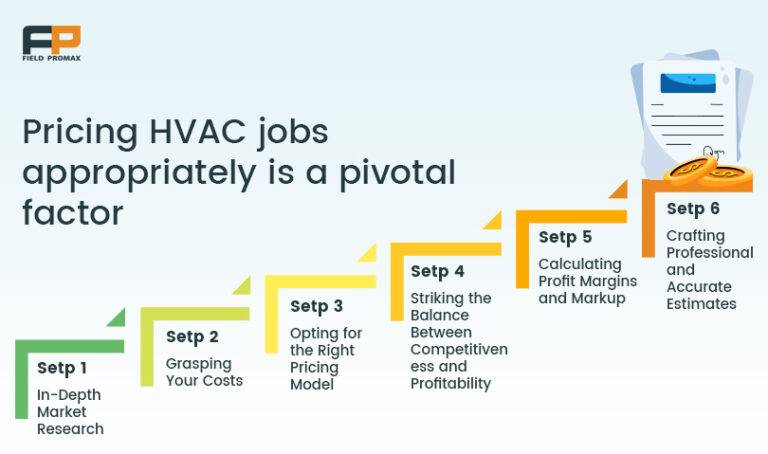Maximizing Profits with Field Promax: HVAC Job Pricing Strategies

9/13/2023
view all (20)
Other articles and publications:
Field Promax brings you the most advanced mobile app for field service. Learn how it helps both managers and technicians streamline daily tasks.
2/20/2024
Keeping track of expenses is crucial to maintaining profitability in a business. Learn how a business expense tracker can help you with this task.
2/13/2024
Learn all about time and material invoicing for improved field service management. Use our free templates and invoicing tools to streamline payments.
3/18/2024
Arranging tools for your field service technicians can be expensive. Here is a list of places where you can buy used tools at an affordable price.
3/26/2024
Want to level up your HVAC business? Learn how an HVAC business coach can help you identify areas that need improvement and guide your growth.
1/29/2024
Telecom software has revolutionized telecommunications and connectivity. Learn how this advanced technology enhances field service in this sector.
12/5/2023





